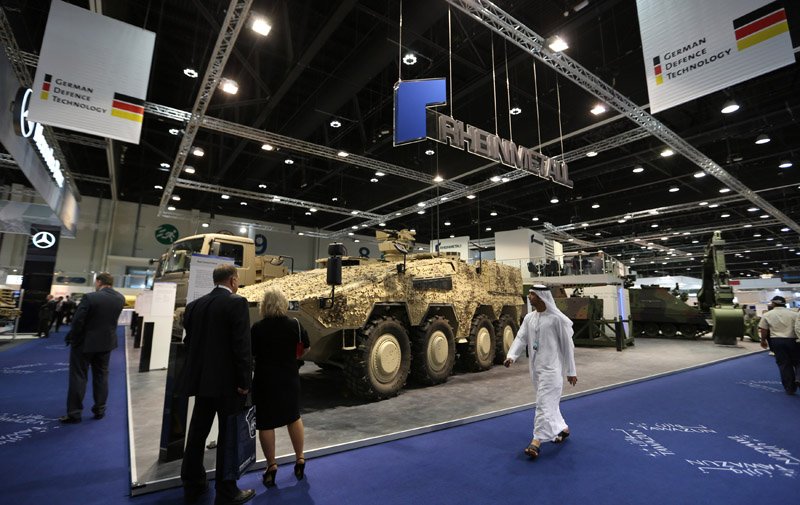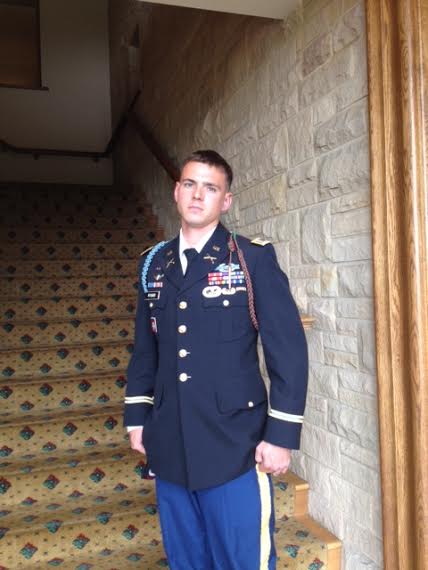
The invention of the 3D printer marked a new era for manufacturers and hobbyists seeking for an easy method to produce plastic goods. The 3D printer works by molding inexpensive plastic pellets into layers that then produce a three dimensional model. These printed sculptures can be designed using 3D CAD design software, which is usually quite user friendly and easy to operate. This new invention has had a troubling development recently, as the increasing popularity of 3D printers has attracted some gun enthusiasts to design and print guns.
Printing guns is much easier and cost effective than some are led to believe. The only steps necessary to print a gun are a digital blueprint, a 3D printer and some plastic pellets. 3D CAD design software prices range from $99 to $1000, or can be downloaded illegally. A 3D printer capable of printing guns can be bought for as little as $1725 (Luzbot printer) and the required plastic pellets cost around $25, depending on the size of the printed object. This makes printing guns affordable for the average citizen in North America or Europe. The blueprints for printing a gun can be designed personally with some knowledge of the mechanics behind guns, material science, and engineering. That does not necessarily mean that one would need to be an engineering graduate in order to create a gun. In fact, this knowledge can be easily acquired and applied to make a gun capable of killing another person. Blueprints can simply be downloaded, which is why this new method of manufacturing firearms is so dangerous.
A multitude of YouTube videos uploaded by individuals from various backgrounds show just how easy it is to create and print a gun. One of the first videos of a fully plastic printed gun to appear on the internet was uploaded by Cody Wilson, a 25-year-old law student at the University of Texas. He boasted a design called the Liberator that fires a .38 calibre bullet. The gun only fires a single bullet, but it is enough to commit a crime or use in self defense. Wilson stands for cyber freedom, and his interest is to create a society free to print guns and use the web for blueprints. He has created an open-source, non-profit organization called Defense Distributed which publishes designs for these firearms. 3D-printing gun enthusiasts now also gather at a website called FOSSCAD (Free Open Source Software & Computer Aided Designs). Here users can share their designs, which can be downloaded by anyone.

In fact, the field of printed guns has seen rapid development with new and improved designs showing up at these websites and in YouTube videos. A Canadian gunsmith identified only as ‘Matthew’ has improved on the Liberator design and created the world’s first 3D-printed rifle. This gun, called Grizzly, fires .22 calibre bullets. The video uploaded by ‘Matthew’ shows the gun firing three shots and another video shows it firing 14 times, which is a significant improvement from the Liberator’s single shot capability. The blueprints for the Grizzly along with other designs such as a miniature six-shooter, gun parts, and even explosives such as grenades and mortar rounds can be found and downloaded on FOSSCAD.
On May 8, 2014 Japanese authorities arrested a 27-year-old man for possessing 3D printed guns capable of firing and killing a person. The accused, Yoshito Imura, downloaded and printed various handgun designs and even created his own multi-shot pistol, which he called the Zig-Zag. Imura uploaded several videos testing his printed guns. In one of the video’s description, he writes “Freedom of armaments to all people!!” and “A gun makes power equal!!”

It seems that at this point, the majority of individuals who print guns are radical liberals who care more about the message behind printing guns rather than the actual use of them. These individuals want to communicate that everyone should be free to ensure their own security and 3D-printed guns offer just that. Additionally, the individuals who currently agree with this point of view appear to be gun enthusiasts who are responsible citizens who do not pose a major threat to society, but this will likely change. One of the advantages of printing guns is that they are virtually untraceable, since they don’t have a serial number. This makes these guns very attractive to criminals who are likely to tap into this market. At the current state of innovation, these guns do not serve a very practical use for criminals as they do not fire many consecutive rounds, but as these guns become more advanced, more criminals will want to make them. In addition, the fact that the guns themselves are made of plastic means that are far less detectable than conventional firearms, making them even more attractive for criminals.
Aside from the fully plastic printed guns, FOSSCAD members have begun to upload designs for a key part of a semi-automatic weapon called the lower receiver. The lower receiver is the most regulated element of a firearm. One can simply print the lower receiver and buy the rest of a gun’s components off the shelf without an ID or waiting period. FOSSCAD members have printed and test fired AR-15 lower receivers as well as printed grips and stocks for the SKS, AK-47, and a Czechoslovakian Skorpion. While many of these printed gun enthusiasts treat gun printing as a hobby, the implications of free designs on sites such as FOSSCAD could be very serious. These partially printed semi-automatic weapons pose a much higher threat than the fully printed guns, since these are powerful military grade firearms. It is therefore more likely that potential criminals or gang members will download and print gun parts such as the lower receiver in order to have an untraceable military grade weapon.
The amount of firearm related crimes, homicides and innocent people killed is likely to increase as these weapons become more popular. This also raises a challenge for law makers and law enforcement bodies to create a way to limit and control the use of 3D-printed firearms. Creating a legal structure around the printing of guns will be very difficult due to the grassroots nature of the movement and the easy access to information provided by the internet. Despite these challenges, governments should start devising some procedures as early as possible before the threat posed by these weapons spreads further to unwanted hands.




